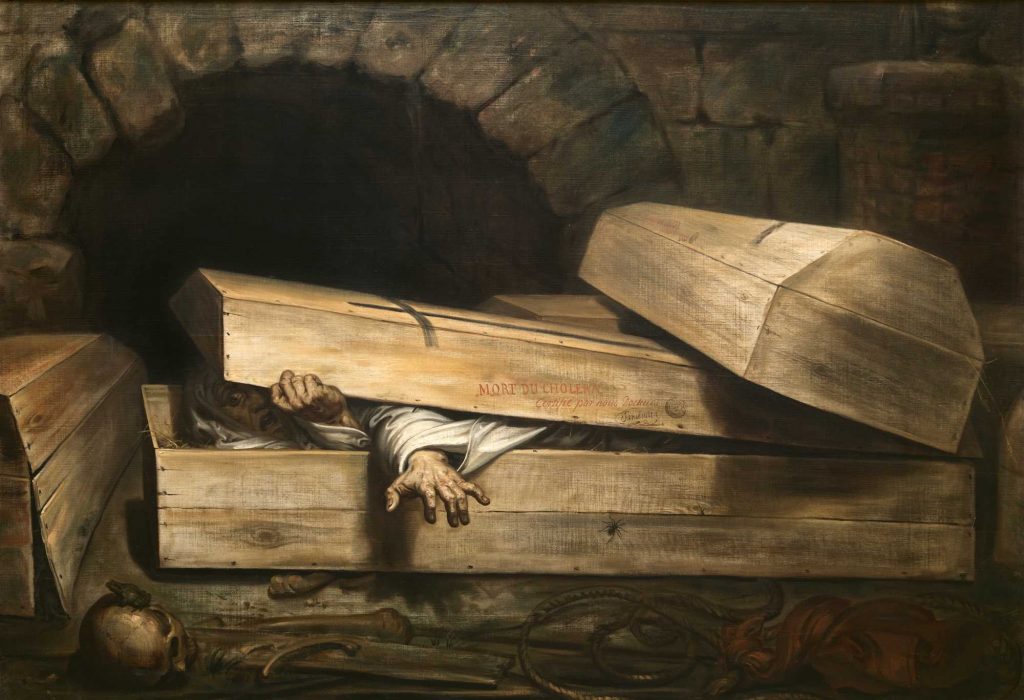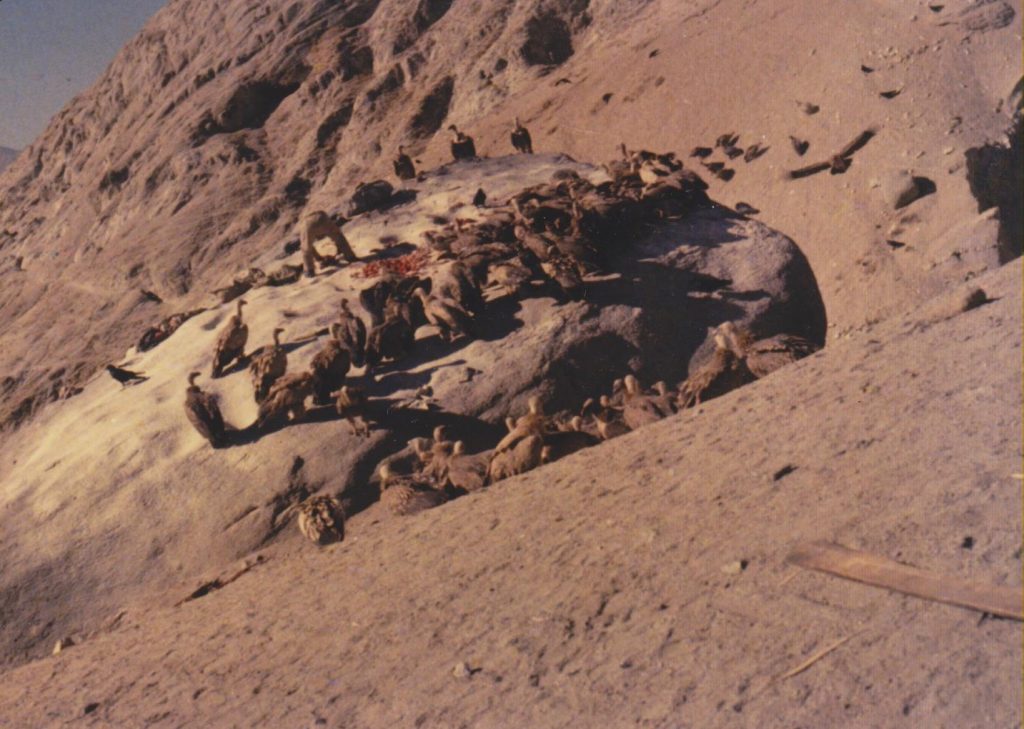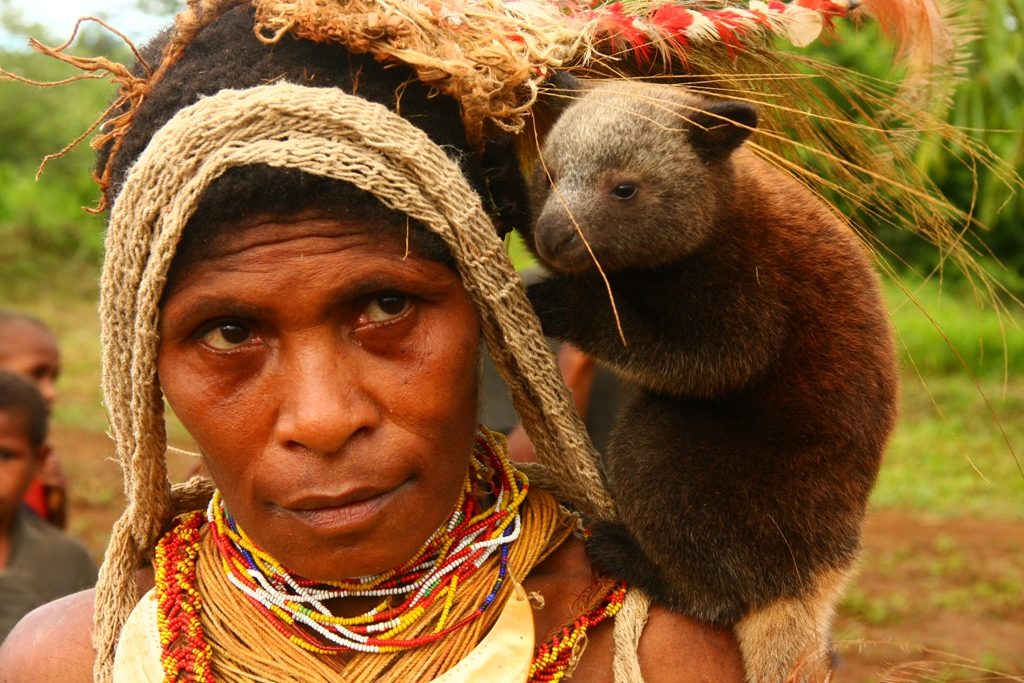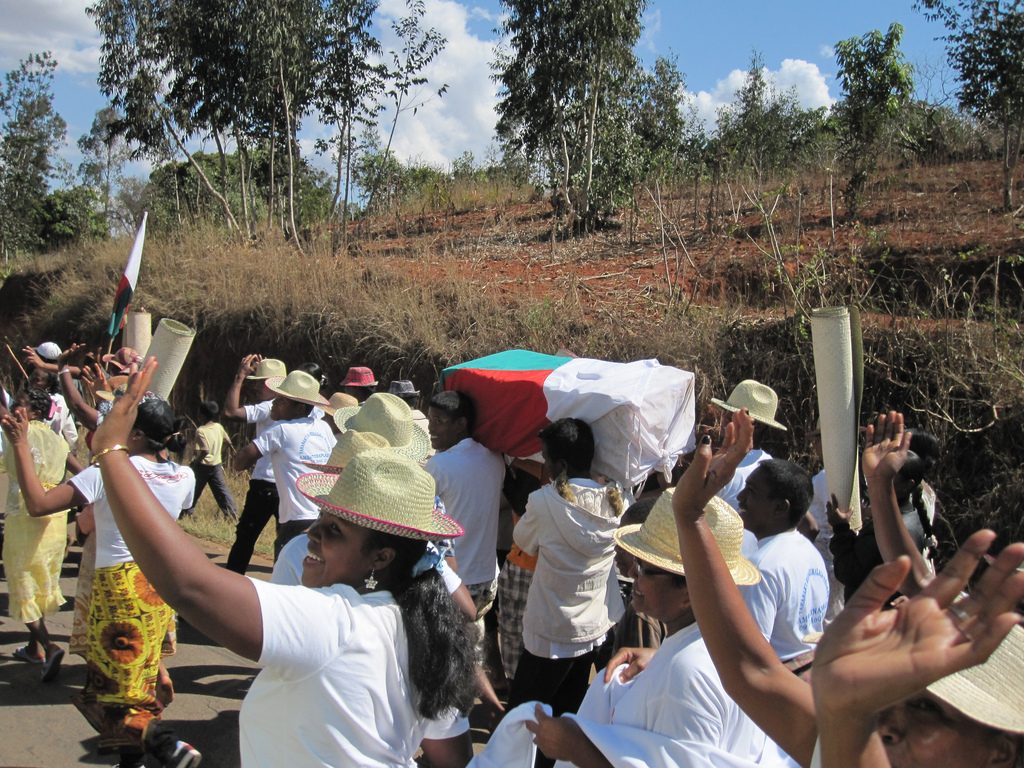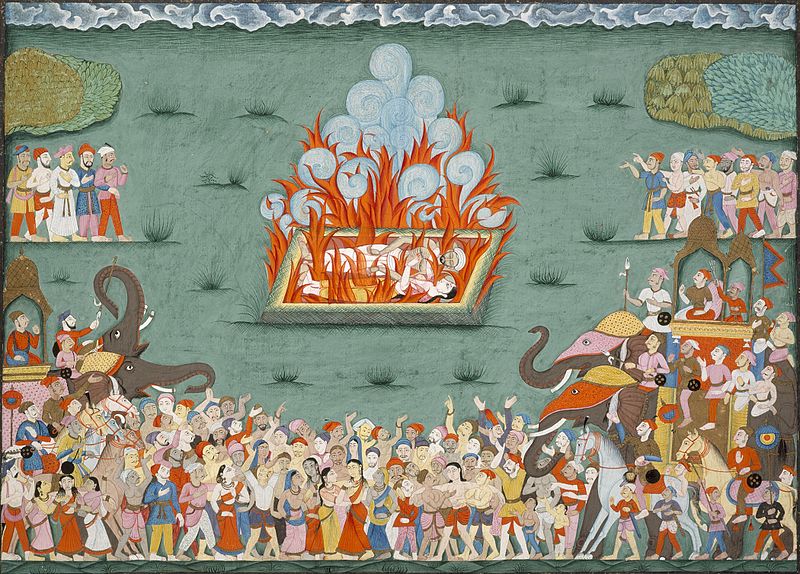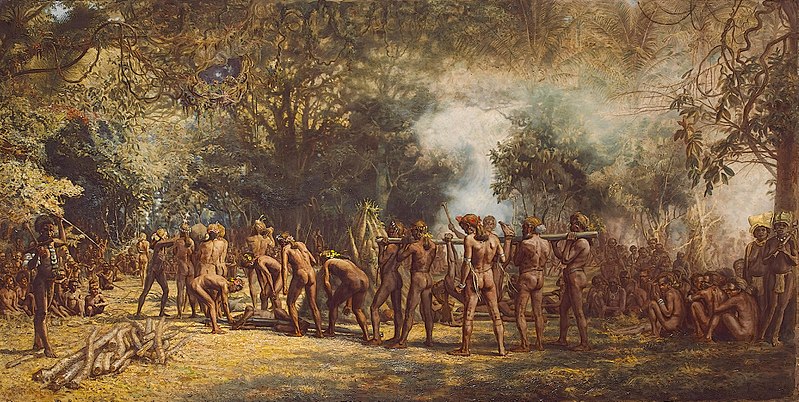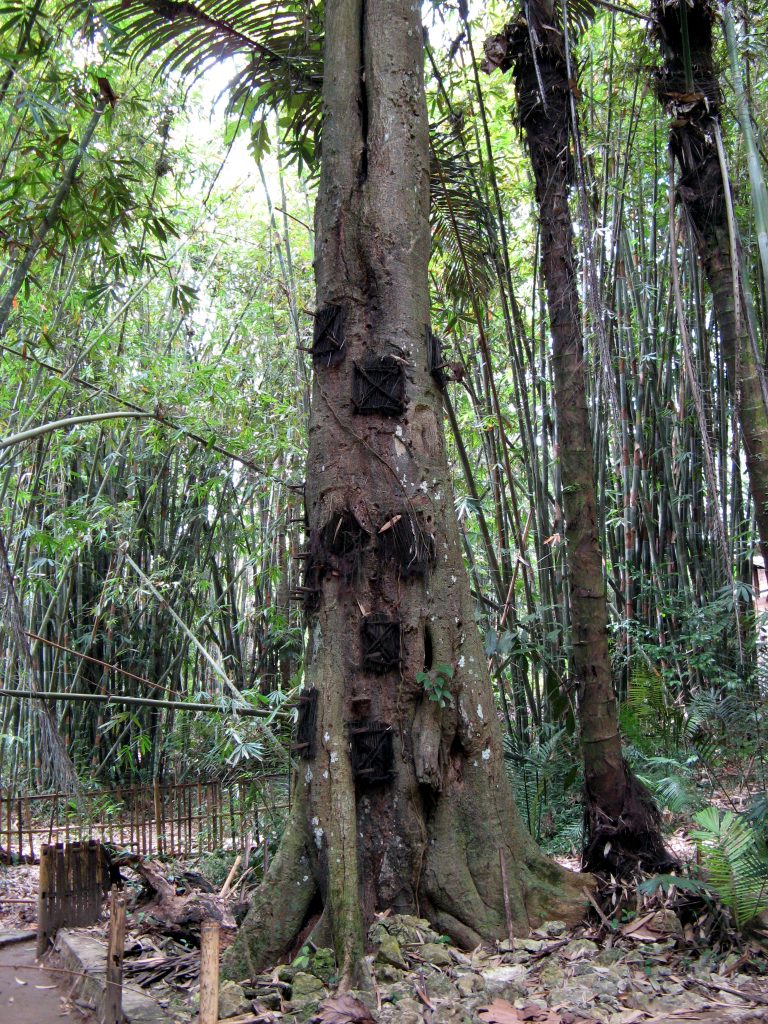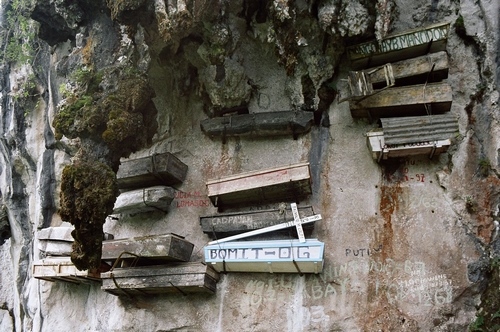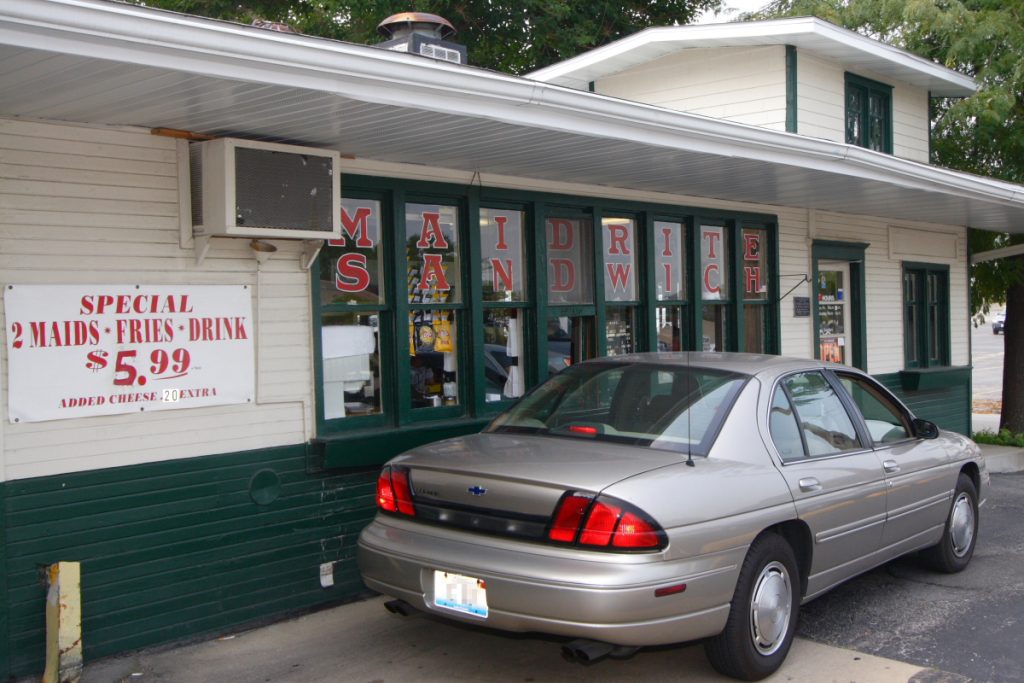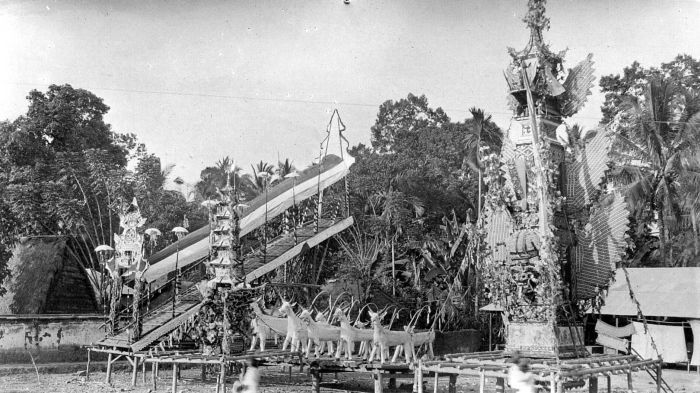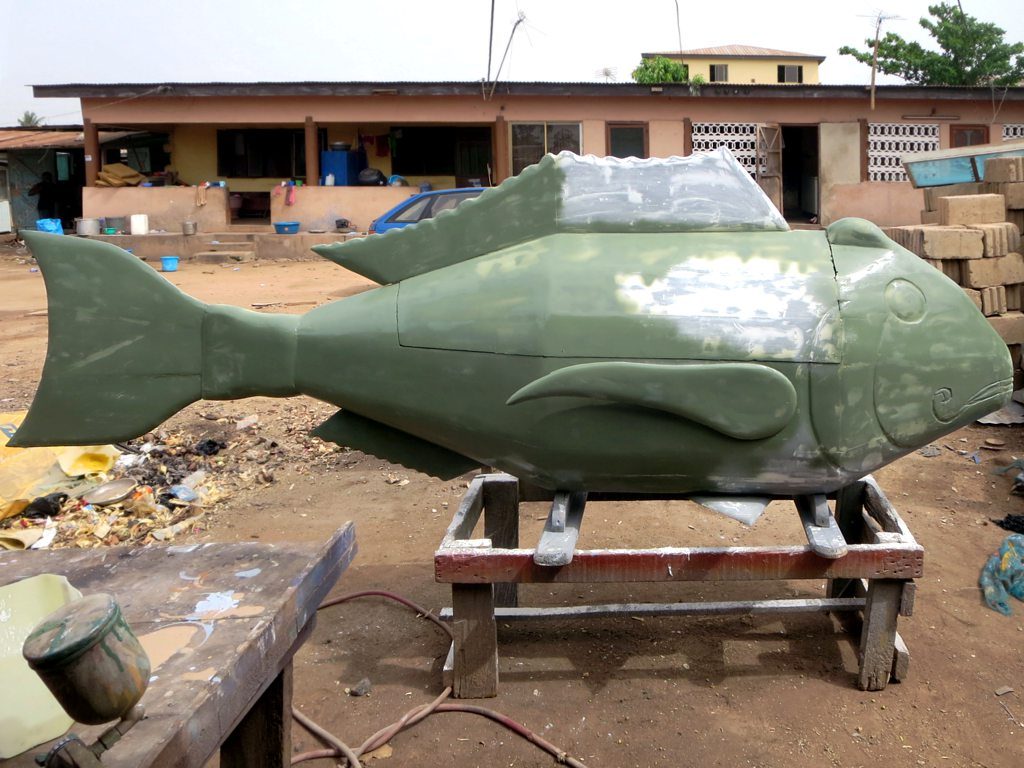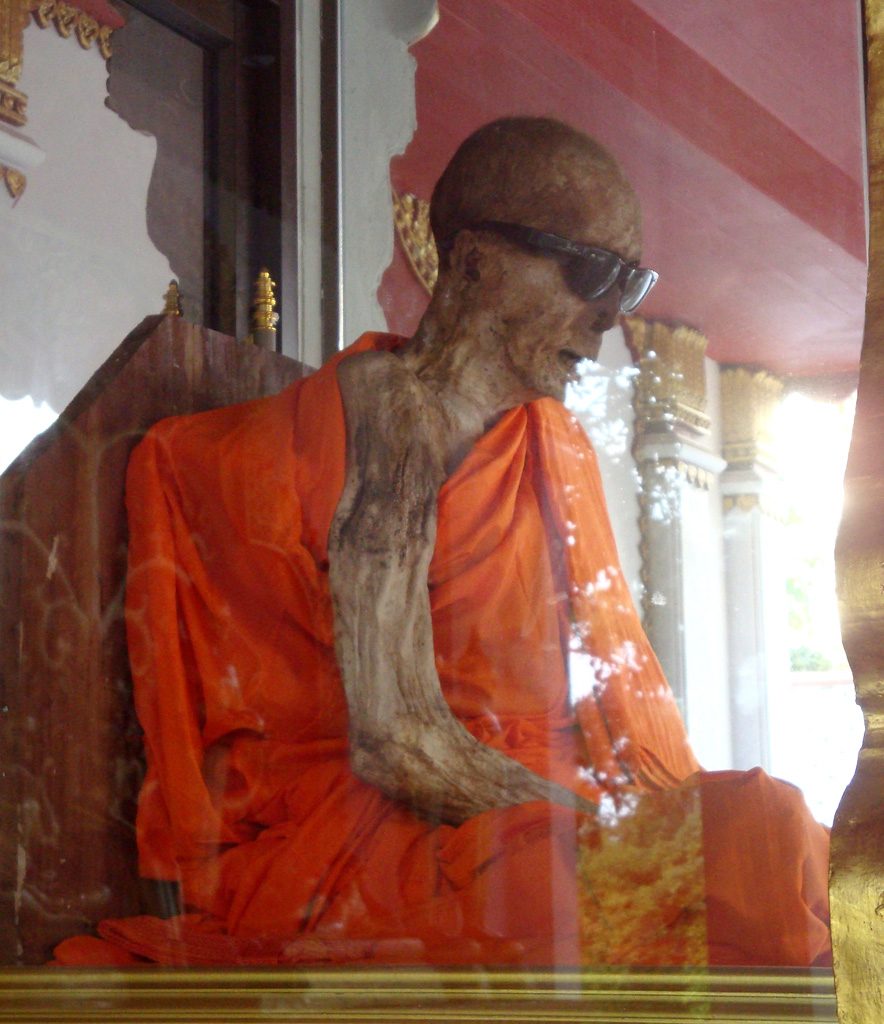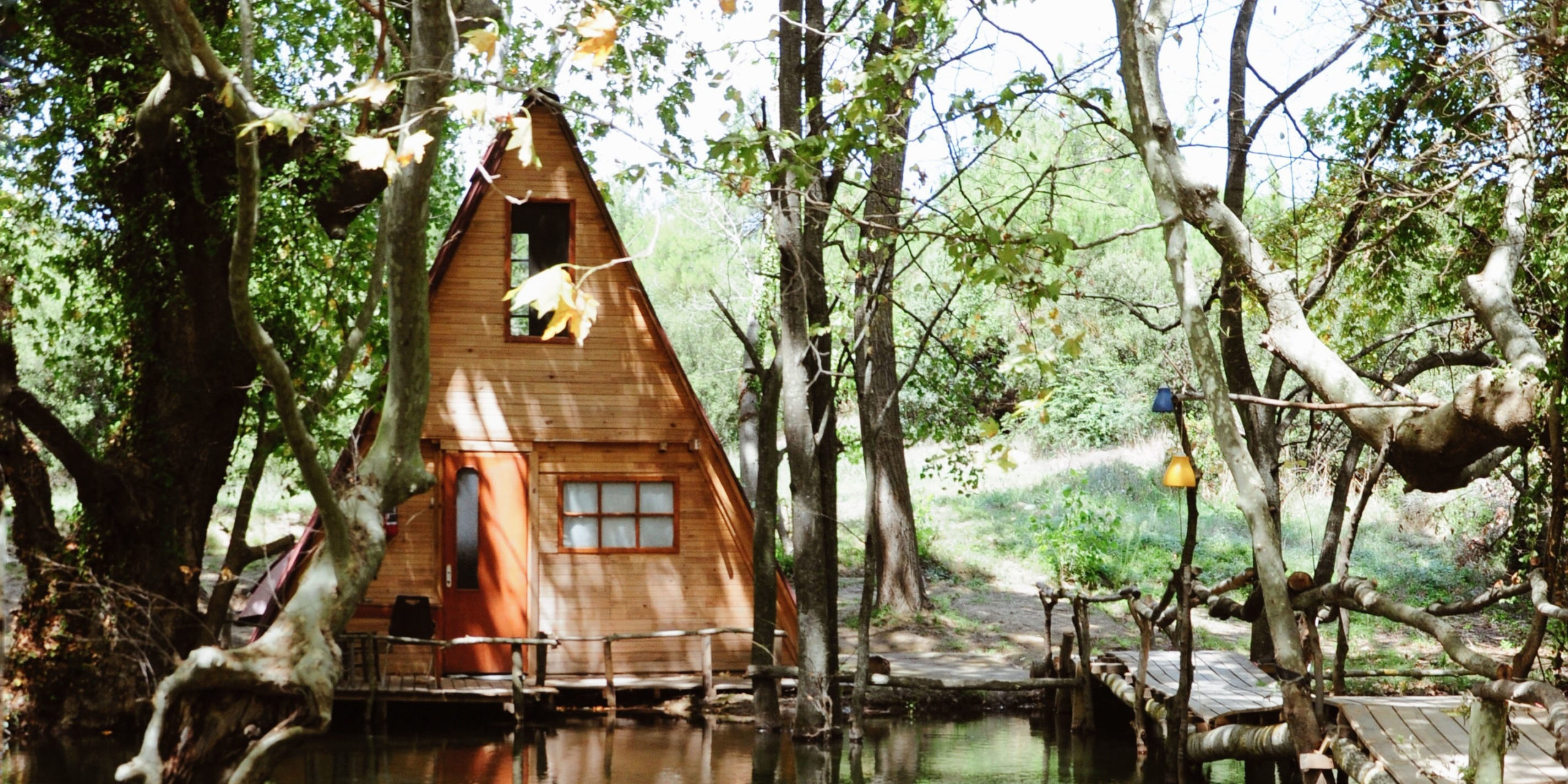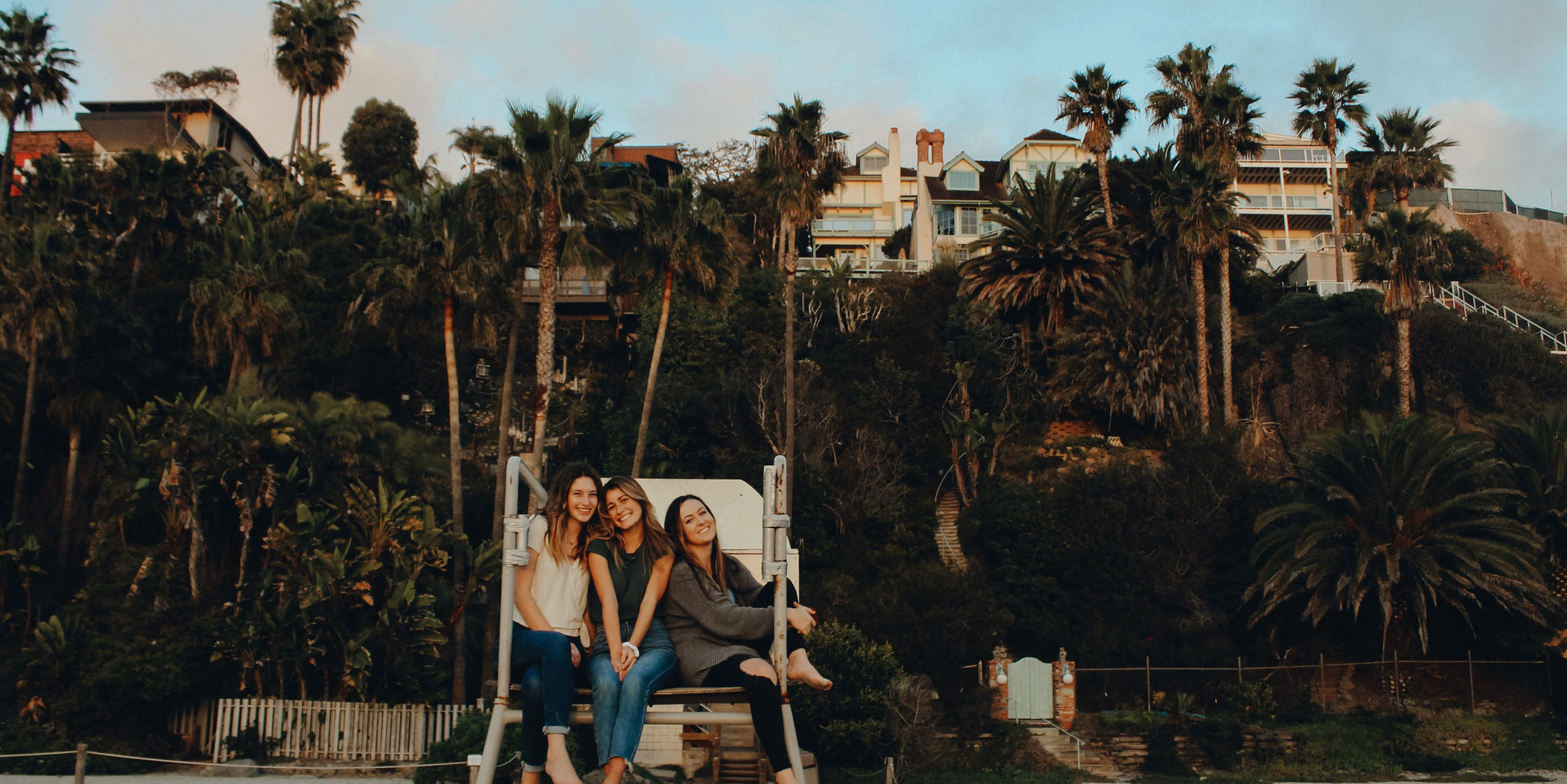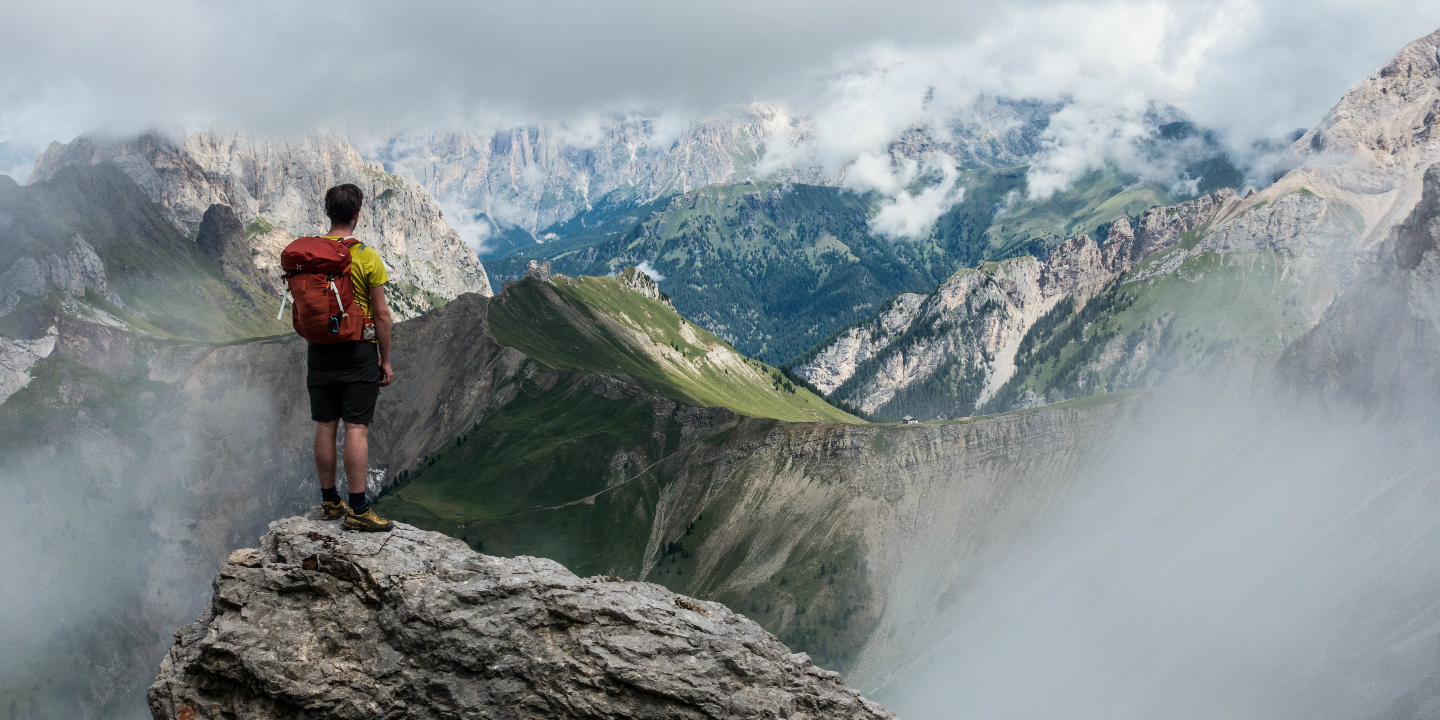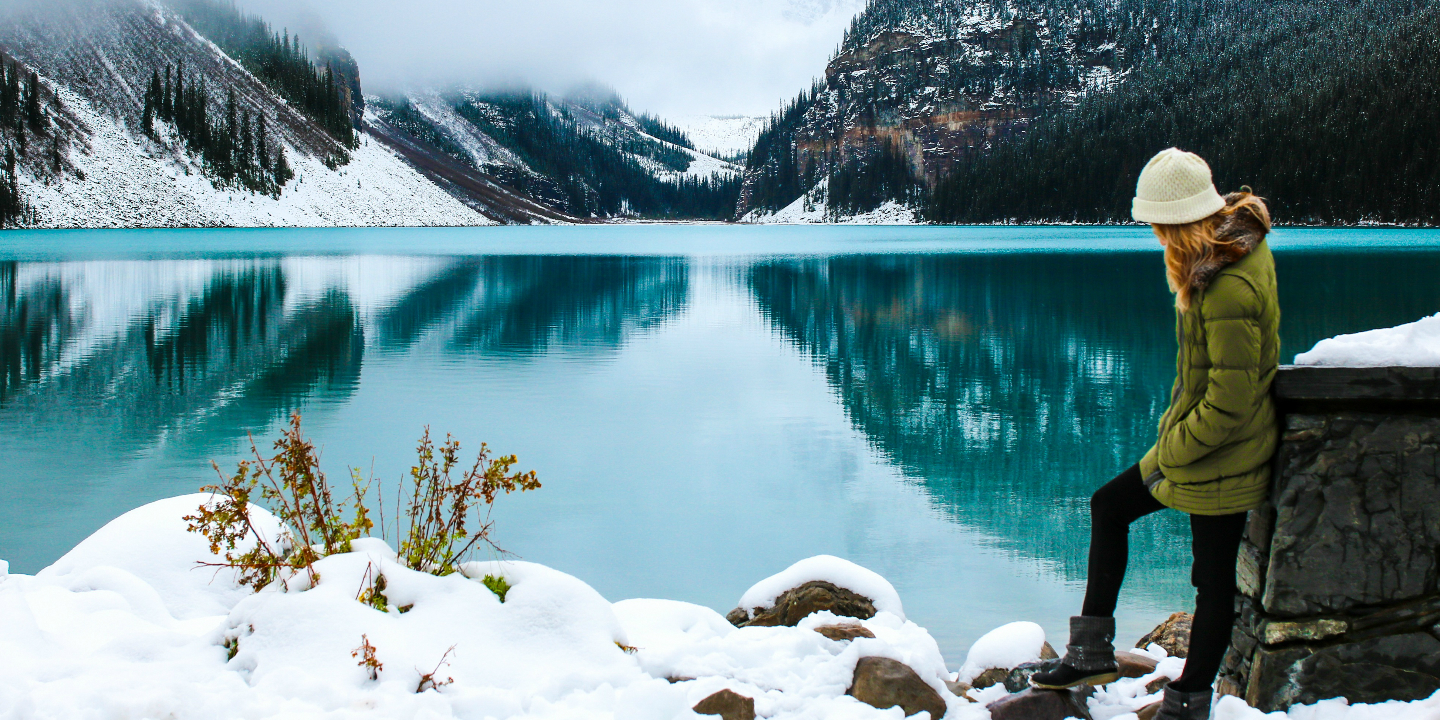Nothing is certain except for death and taxes. And taxes are boring to write about, so let’s talk about death. It’s a bit morbid, I know, but none of us are getting out of life alive, so at least be glad that some of these bizarre customs probably won’t happen to you once you punch your ticket out of here.
20. Tibetan Sky Burial
While this sounds really neat, the reality is a little less magical. You see, Buddhists view a corpse as nothing more than an empty vessel, and therefore, have no desire to preserve it. This combined with their respect for all life and absolute compassion for all beings gives you “the sky burial”. Once you die, your body is cut into small chunks and fed to a creature considered sacred by the locals, the vulture. The corpse remains are used to sustain the life of another living creature instead of being wasted. It is the final act of charity one can give, and it’s so popular that back in 2004 roughly 80% of Tibetan Buddhists chose a sky burial.
19. Finger Amputation in Papua New Guinea
Documented in the 1960s, the Dani people of New Guinea had an interesting way of dealing with the death of a loved one. Self-mutilation. When a member of the tribe would die, women and children related to the deceased would tie their finger tightly with a string, then chop it off with an axe. The reasoning was that the physical pain would act as an expression of their sorrow and suffering. In hindsight it seems like their sorrow and suffering could have been expressed with all their fingers attached. Luckily, the Dani eventually agreed, and the practice is now banned.
18. Blindfolded Funeral
While it sounds like the people attending a “blindfolded funeral” are the ones blindfolded, that is oddly not the case. The Benguet people of the Luzon region in the Philippines have an interesting custom where they blindfold the recently deceased and tie them to a chair. The corpse is then placed beside the front door of their home and, the night before the funeral, the elders come by to perform a chant-biography of the individual’s life. While the deceased is buried, the whole town clap bamboo sticks together to help guide the spirit to the afterlife. Sign me up?
17. Tinguian Funeral
We are going to stay in the Philippines for a bit here. Just down the street from the Benguet people, live the Tinguian people. Just like the Benguet, the Tinguian have a thing for tying their dead to a chair and leaving them by the front door. However, they like to take it a step further, ditching the blindfold and instead dressing the corpse in their best clothes and lighting a cigarette in their lips. They then leave them there for weeks. Fun!
16. Turning of The Bones
Clearly, no one ever taught the Malagasy people of Madagascar the saying “Rest in Peace”. They like to do something called Famadihana, or ‘turning the bones’, which is way more extreme then it sounds. Roughly every seven years the community comes together and opens up their crypts and exhume their ancestors’ bodies. Then, to live music they wrap the remains in cloth, spray it with wine and dance around. Once the dance party is over, they sacrifice some animals, distribute the meat to guests, and tell stories of the deceased. The idea seems to be that the faster the body is decomposed, the sooner you can enter the afterlife. In Malagasy culture, you are never too dead to party.
15. Sati
The Hindu people of India took “till death do us part” pretty literally. Sati was a ritual where a widowed woman would lay on the funeral pyre of her husband and be burned alive. The ritual was supposed to ensure that the lovers could enter the afterlife together, though it is possible it was also a form of “insurance” so that the wives would not poison their wealthy husbands and then marry their real loves. Remember, this is a culture where arranged marriages were rampant. Interestingly, it was extremely rare for men to commit sati on their wife's pyre, which seems unfair, to say the least.
14. The Feast of The Dead
The “Feast of the dead” probably brings to mind images of massive feasts in honor of the deceased, probably with their favorite foods. For the Melanesians of Papua New Guinea and the Wari people of Brazil, it literally meant “eat the dead”. Known as endocannibalism, this was a way these tribes dealt with the pain of loss, and in many ways, was a way to keep the spirit alive. The dead even expected this from the living, a final offering to friends and family of a lovely meal. As far as we know, this ritual is no longer practiced.
13. Tree Burial
We make our way back to the Philippines for this one to check in with the Caviteño people who live near Manila. For them, trees play an important part in their end-of-life ritual. When someone becomes very ill or old, they pick a tree. The village gets together to excavate the tree trunk and once the person finally passes away, their body is laid to rest inside the tree, making this one of the precursors to the “green funeral” movement.
12. Kitchen Burial
Not to make it sound like I’m picking on the Philippines here, but for some reason they have more odd funeral customs than literally anywhere else. Case in point, the Apayaos. Another Filipino ethnic group, sometimes known as Isnags or Isnegs, have decided that when a loved one dies, they are to be buried under the kitchen in their home. If you tried that in America, they would say you are a serial killer. Granted, it does help keep the family together.
 Vignette.Wikia
Vignette.Wikia
11. Zoroastrian Funeral
Zoroastrians are not fond of dead bodies. They believe anything a corpse touches (clothes, people, fire, and even the ground) has been defiled.. This makes things a little awkward when grandpa kicks the bucket. A Zoroastrian funeral begins by “cleaning” the corpse with bull urine, wrapping it in linen, and then having the “Sagdid” visit it. Twice. What’s a “Sagdid”? It’s a holy dog that chases away evil spirits! (Which I now want at my funeral.) After mourners visit, the corpse is placed on the “Tower of Silence” and is devoured by vultures.
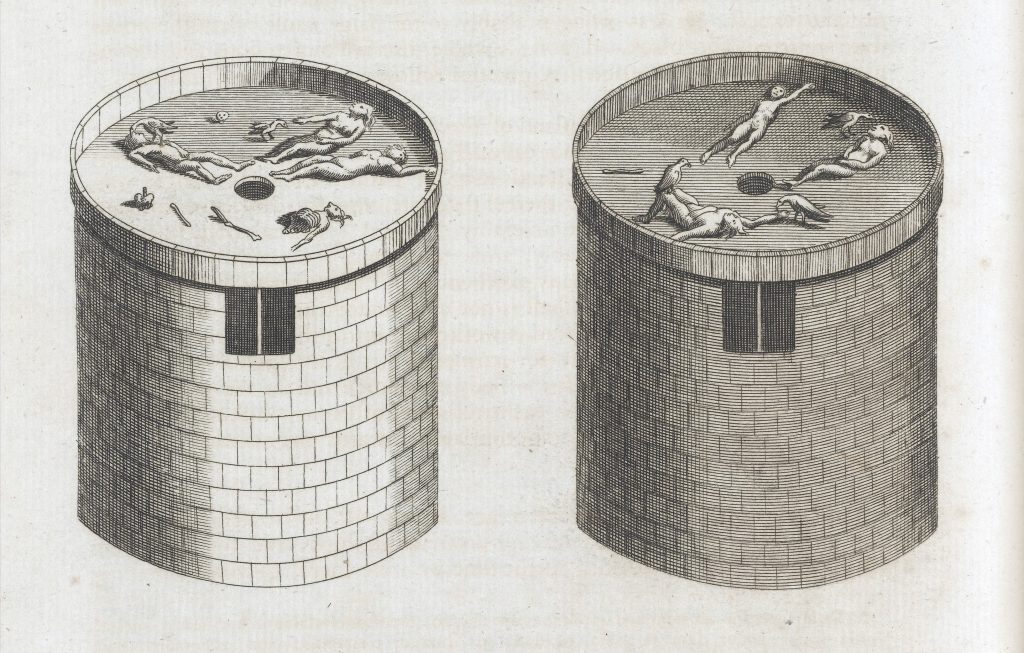 Wikicommons Towers of silence
Wikicommons Towers of silence
10. Haida Totem Pole Funeral
If you were an important person in the Haida tribe, you would have expected to be laid to rest in a mortuary pole, a special type of totem pole with a hollow area at the top where remains could be placed. Usually, a year after death, the pole would have been prepared and the remains placed in a box on top of the pole, which would be painted and/or carved with a lineage crest.
9. Suspended Burials
If you ever find yourself in Gongxian, Sichuan province, China, look up. You might just see the hanging coffins of the Bo people. While unfortunately the Bo people died out about 400 years ago, we still see their coffins to this day. Made from hollowed out tree trunks, the Bo people would haul their dead up the side of the cliffs and then hang them from wooden stakes. Sadly, as the Bo left no record as to why they did this, we may never know. But with some of the coffins being over 3,000 years old, they all hold great historical significance.
8. The Viking Funeral
Vikings are awesome. And even though a lot of what we know about Viking “History” has been embellished by Hollywood, one thing we know for sure happened at least once, was the epic Viking Funeral. Thanks to 10th century Arab Muslim writer Ahmad ibn Fadlan, we have an account of the funeral of a Scandinavian, Swedish, chieftain. The account begins with laying the chief to rest in a temporary grave for 10 days while new clothes are prepared for him. Then, one of his slave girls must agree to accompany him into the afterlife. She drinks heavily and has sexual intercourse with all the men of the expedition. After 10 days, the chief is placed in his new clothes and laid on a bed on a ship filled with wine, fruit, instruments, weapons, and meat. The slave girl is then taken to the ship and stabbed in the heart and laid on her master’s bed. The vikings then set the ship aflame so that the chief can sail to the realm of the dead. Let’s just say vikings definitely knew how to make an exit.
7. Australian Aboriginal Mortuary Rites
If your least favorite part of a funeral is that you leave empty-handed, you might like this end of life celebration. Aboriginal tribes of Australia would take the deceased and lay it to decompose under a layer of leaves. As the body decomposed, the resulting liquid would be gathered and rubbed on the children in the hope that the good qualities of the dead would be passed on to the new generation. Finally, the bones would be retrieved, painted and worn by the relatives for up to a year. This was all done to ensure the spirit of the dead didn’t want to stay in the realm of the living. Which I guess makes the Aboriginals the first Ghostbusters.
6. Smoked Mummies
In the Menyama region of Papua New Guinea, the Anga tribe practice a form of mummification involving smoking the flesh of their dead. Basically it’s a giant family barbecue. Before the smoking begins, the Anga remove the organs, take the drippings and smear it on their children, hoping the strength of the dead will be transferred to them. Then, the rest of the drippings is bottled up to be used as cooking oil. Kinda gives a new meaning to “cooking with Grandma”. Once the bodies have been smoked, they are painted and placed on the cliffs overlooking the village so that they can watch over the village and protect them.
5. Drive-Through Funeral
Ahh, the United States of America. In the land of the drive-thru, it was only a matter of time until someone took the McDonalds aesthetic and applied it to a funeral home. The drive-thru funeral is exactly what it sounds like. The deceased is placed in their coffin and propped up in front of a drive-thru window so grieving friends and family can pay their last respects from the comfort of their own car, usually through a few inches of bulletproof glass. It’s only a matter of time before we start getting live-streamed funerals. “Press F to pay your respects”, anyone?
4. South Korean Burial Beads
When you die, there are plenty of things that can be done with your ashes. In South Korea, chances are, you will be turned into beads. No, this isn’t some macabre new jewelry trend. The beads, which are made from compressed ashes, are kept in the home as decoration. The idea came about when changes in South Korea’s law determined you could only “rent” a grave for 60 years, after which your family would have to find somewhere else to keep you. So now, instead of being buried, South Koreans are turned into pretty beads to be kept around the house.
3. Ngaben
Let it be known, the Balinese know how to celebrate one’s life. In a ritual unique to the island, the Balinese build an elaborate tower-like structure called Wadah to transport the body to the cremation site. The Sarcophagus, called a Lembu, is made in the the shape of an animal, commonly an Ox, although royals and other high-caste individuals often have Lions or Dragons. When the day of the funeral arrives, the Wadah is paraded down the road, celebrating the life recently deceased. These parades are often accompanied by an orchestra and mourners carrying offerings for the dead. Finally, the body is transferred from the Wadah to the Lembu where a priest oversees the ritual burning of the body. 12 days later the ashes are scattered into the sea as a final act of purification for the spirit.
2. Ghana Fantasy Coffins
In Ghana, it is believed that life does not end at death, and that your loved ones will continue to live on in the next world. As such, there is a tradition of burying the dead in coffins that represent what they did in this world, so that they are able to remember where they came from in the next. These coffins range from airplanes for pilots to cameras for journalists, but ultimately, it all depends what your family decides for you, because you won’t be around to pick.
1. Self-Mummification
It seems like it shouldn’t be possible, mummifying yourself, but for the sokushinbutsu of Japan, it was a reality. 24 individuals, mainly practitioners of Shingon Buddhism, have successfully self-mummified, with their deaths ranging from the 12th to the 20th century AD. Originally a Taoist practice, self-mummification is unpleasant, to say the least. In order to keep their corpse as well preserved as possible, monks would train for 3,000 days to prepare their body for the mummification process, during which time the monk would stick to a strict diet containing nuts, berries, pine needles, tree bark, and resin. Over this time they would starve themselves more and more, eliminating fat and moisture, which encourages decay after death. Then they would drink a special tea made of urushi, which is a form of lacquer. Once the monk was prepared, he would step into a chamber and chant and ring a bell to signal he was still alive. After the bell stopped ringing the chamber was sealed for three years. If the mummification process was successful, they would be worshiped as sokushinbutsu. if they failed, an exorcism would be performed and the remains would be reburied.


